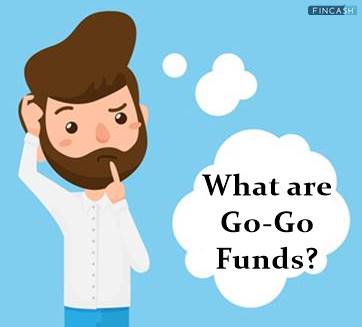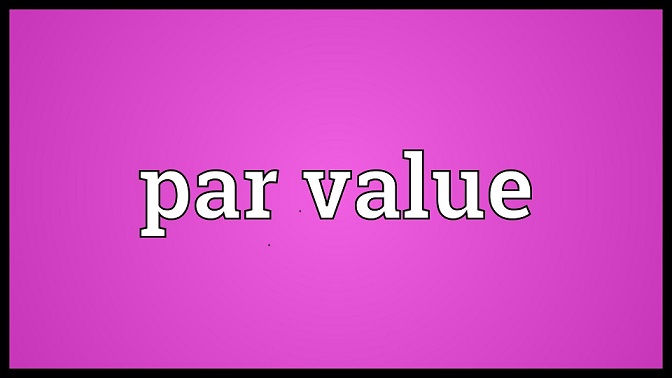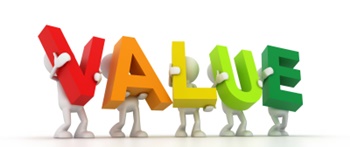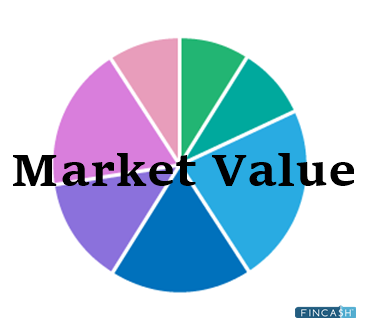What is Going-Concern Value?
The going-concern value is determined by estimating the future cash flows of a company and discounting those cash flows back to the present value. The discount rate used in the calculation is typically the Weighted Average Cost of Capital (WACC). The estimation of future cash flows is based on several factors, including the company's historical Financial Performance, current operating conditions, and Industry outlook.
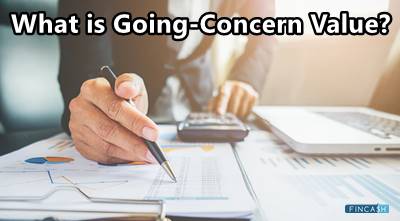
The going-concern value is often referred to as the "Intrinsic Value" or "fundamental value" of a company. It is a key component in valuation models such as the Discounted cash flow (DCF) model and the capitalisation of Earnings model.
It is also an important Factor in other types of valuation analyses, such as the valuation of intangibles. The going-concern value is not always easy to estimate, and many factors can impact its accuracy. For example, companies facing Financial Distress or with a high level of debt may be less likely to realise their full going-concern value. As such, it is important to consider all relevant information when estimating the going-concern value of a company.
Going-Concern Value in Finance
Going concern value is based on the notion that the firm will operate profitably and continuously for the foreseeable future. Total value is another name for going concern value. Unless solid evidence suggests otherwise, a company should always be regarded as a going concern.
Going-Concern Value Examples
For instance, a well-known bag industry that is still operating profitably can continue to offer its name-brand items for a markup. Then it would be valued at what it would be worth as a going concern.
Talk to our investment specialist
Going Concern Value's Effect on Purchase Price
A company is effectively only worth its breakup value without the presumption of ongoing operations. Breakup value may be quite low, particularly if there aren't many people interested in buying a company's assets.
The going concern assumption, however, may cause an acquirer to be more ready to pay for a company than the Book Value of its assets might suggest. An acquirer would be prepared to pay goodwill in addition to the breakup value when paying going-concern value. A number of intangible assets form the foundation of goodwill, such as:
- Client loyalty
- Intellectual property
- Client lists
- Worth of the brands
Going-Concern Value Vs. Liquidation Value
The liquidation value depicts the worth of the company's assets and the proceeds received from their sale. It is taken into account after the firm has ended its operations, typically when it is sold. The going-concern value is relatively comparable, but it is determined for an active business. It could also consist of intangible asset value. A company's value as a continuing concern is often higher than its value upon liquidation.
The going-concern value is also more expensive since it reflects the asset's future worth, which is higher than the current value provided by the liquidation approach. As a result of the liquidation, the assets' value depreciates.
Due to the extremely small number of potential purchasers for the shuttered company, its owners keep the liquidation value low. The value of going- concerns, on the other hand, would be higher by Default because they are connected to operating enterprises. Since going-concern value is applied to an ongoing business whereas liquidation value is used to discontinued organisations, the going-concern value of a firm is always greater than the liquidation value of the corporation.
Going-Concern Value vs Goodwill
The value of a company as a continuing operation is referred to as its going-concern value. It can be compared to the amount that the company's assets would be worth if sold. The gap between a company's liquidation value and going-concern value is, on the other hand, its goodwill. It consists of intangible assets like brand recognition, trademarks, and customer loyalty, to name a few.
Going-Concern Value vs Market Value
The worth of an asset to a business as a going concern, or the value of an asset "in use," is known as going concern value. A going concern assumption will be used to generate the majority of company appraisals.
Market value, which is also known as market capitalisation, is the price an asset fetches on the Open Market. These values are always changing because they are influenced by a wide Range of variables, including physical functioning conditions, the state of the Economy, and supply and demand dynamics.
The Bottom Line
The going-concern value is one of Accounting's most fundamental concepts. It is based on the assumption that the firm will continue to operate for the foreseeable future. On the other hand, it also implies that the entity does not anticipate liquidating its assets for whatever reason. According to this accounting concept, Income and costs are deferred in accordance with other accounting rules. Prepaid or accrued costs might not be recorded as such if the going concern assumption were incorrect.
The idea of a "going concern" is important from both a Balance Sheet and an income statement standpoint. With the same expectation that the firm would continue to function, all assets are depreciated and amortised as necessary.
All efforts have been made to ensure the information provided here is accurate. However, no guarantees are made regarding correctness of data. Please verify with scheme information document before making any investment.
